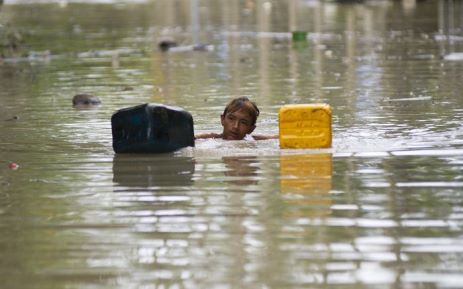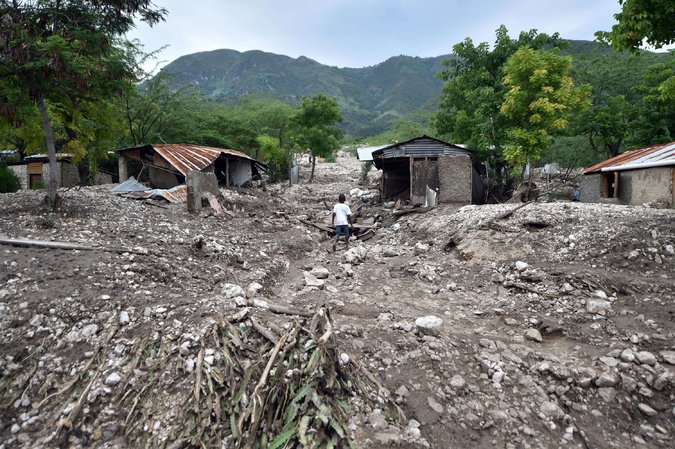
Weather-related disasters such as floods and heatwaves have occurred almost daily in the past decade, almost twice as often as two decades ago, with Asia being the hardest hit region, a UN report said on Monday.
While the report authors could not pin the increase wholly on climate change, they did say that the upward trend was likely to continue as extreme weather events increased.
Since 1995, weather disasters have killed millions of people, left billions injured, homeless or in need of aid, and accounted for 90 percent of all disasters, it said.
A recent peak year was 2002, when drought in India hit 200 million and a sandstorm in China affected 100 million.
But the standout mega-disaster was Cyclone Nargis, which killed 138,000 in Myanmar in 2008.

The report, called "The Human Cost of Weather Related Disasters", found there were an average of 335 weather-related disasters annually between 2005 and August this year, up 14 percent from 1995-2004 and almost twice as many as in the years from 1985 to 1994.
"While scientists cannot calculate what percentage of this rise is due to climate change, predictions of more extreme weather in future almost certainly mean that we will witness a continued upward trend in weather-related disasters in the decades ahead," the report said.
The release of the report comes a week before world leaders gather in Paris to discuss plans to curb greenhouse gas emissions and prevent world temperatures rising.
The United Nations says atmospheric levels of carbon dioxide, the main greenhouse gas that causes global warming, have risen to a new record every year for the past 30 years.
"All we can say is that certain disaster types are increasing. Floods are definitely increasing," said Debarati Guha-Sapir, professor at the Centre for Research on the Epidemiology of Disasters at UCL University in Louvain, Belgium, which co-authored the report.
"Whether it's increasing due to global warming, I think it's safe to say the jury's out on that. But rather than focus on the ifs, whys and wherefores, I think we should focus on how to manage floods."
Margareta Wahlstrom, head of the UN Office for Disaster Risk Reduction (UNISDR), said floods were not just caused by heavy rain but also by poorly planned construction.
UNISDR estimates natural disasters of all types cause losses of $250 billion-$300 billion globally each year.
The report drew on a database of weather events that defines an event as a disaster if 10 or more people are killed, 100 or more are affected, a state of emergency is declared, or if there is a call for international assistance.
The countries hit by the highest number of weather-related disasters over the past decade were the United States, with 472, China with 441, India with 288, the Philippines with 274 and Indonesia with 163.



Reader Comments
to our Newsletter